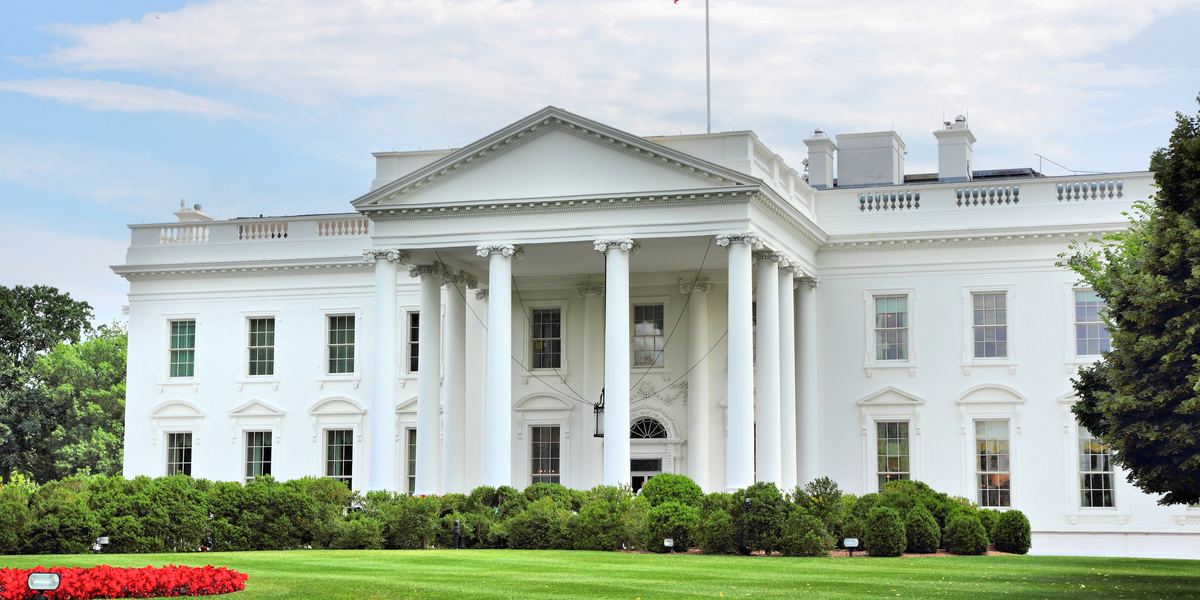It’s Climate Day in the White House. What Does that Mean for Efficiency?
Let's Save Energy
Alliance to Save Energy's Blog

Reminiscent of a school spirit week, President Joe Biden is settling into his first full week in office with themed days that frame his administration’s priorities. But instead of wearing a costume or donning a crazy hairdo to the Oval Office, Biden will spend each day signing a suite of relevant executive actions.
And today is Climate Day.
To avoid a climate catastrophe, the United States will need to reduce its total greenhouse gas emissions (GHG) between 80–100% by 2050. It should probably go without saying that this will require serious work.
Climate plans and conferences typically place an outsized emphasis on supply-side solutions to reduce emissions. But that leaves a massive opportunity to reduce our energy demand on the table. There is a mountain of evidence proving that efficiency across all sectors drastically reduces emissions: the International Energy Agency (IEA) has found that, if properly harnessed, efficiency can deliver more than 40% of the emissions reductions needed to meet the Paris Agreement goals. That evidence may be more fully valued after today, when Biden is expected to sign a Scientific Integrity Presidential Memorandum urging federal agencies to deploy “science and evidence-based decision-making.”
One example of efficiency’s climate benefits is in the transportation sector. While transportation is currently the largest contributor to U.S. GHG emissions, we would be in a much more dire position had it not been for efficiency. Fuel economy standards, which regulate the efficiency of a vehicle’s engine, are the most impactful energy-saving policy we have, with the Corporate Average Fuel Economy (CAFE) standard schedule implemented under President Obama expected to cut GHG emissions by six billion tons in total – constituting the sixth largest cause of global GHG emissions reductions.
Meanwhile, the Department of Energy’s appliance standards program, which covers more than 60 categories of common household products, has helped the U.S. avoid emissions of three billion tons of carbon dioxide (CO2), which is equivalent to the annual CO2 emissions from more than 631 million automobiles since the program began in 1987. ENERGY STAR, a government-backed program that helps consumers choose the most efficient products on the market, delivered 330 million metric tons of avoided GHGs in 2018, representing about 5% of total U.S. GHG emissions annually.
And the wider suite of increasingly interconnected energy optimization strategies, which the Alliance calls Active Efficiency, can help reduce energy waste and therefore contribute to steep emissions reductions. In fact, it’s thought that digitalization across sectors including transportation, buildings, and industry can enable up to a third of the emissions cuts necessary.
But we need to be doing much more to reach this threshold. The actions in the Alliance’s 2021 Policy Agenda, including doubling annual program funding for ENERGY STAR, issuing an executive order governing energy performance for federal facilities and fleets, and getting back onto a more stringent fuel economy schedule, are the kinds of bold actions needed to fully realize energy efficiency’s potential.
This is not to imply that efficiency is a silver bullet. Rather, it should be the first quiver used to target emissions. Every step of the long road toward decarbonization will be faster, easier, and more cost effective if we use less energy in the first place.
We’re also excited to see the administration’s focus on environmental justice issues, as we know we must do more to reduce energy burdens which disproportionately affect low-income communities and communities of color. Energy efficiency permanently reduces energy costs, while also creating jobs across the economy, and we hope to see the administration taking steps to ensure clean energy jobs uplift all.
Biden has already demonstrated a commitment to energy efficiency. The Alliance looks forward to working with his administration to achieve further action.
STAY EMPOWERED
Help the Alliance advocate for policies to use energy more efficiently – supporting job creation, reduced emissions, and lower costs. Contact your member of Congress.
Energy efficiency is smart, nonpartisan, and practical. So are we. Our strength comes from an unparalleled group of Alliance Associates working collaboratively under the Alliance umbrella to pave the way for energy efficiency gains.
The power of efficiency is in your hands. Supporting the Alliance means supporting a vision for using energy more productively to achieve economic growth, a cleaner environment, and greater energy security, affordability, and reliability.



